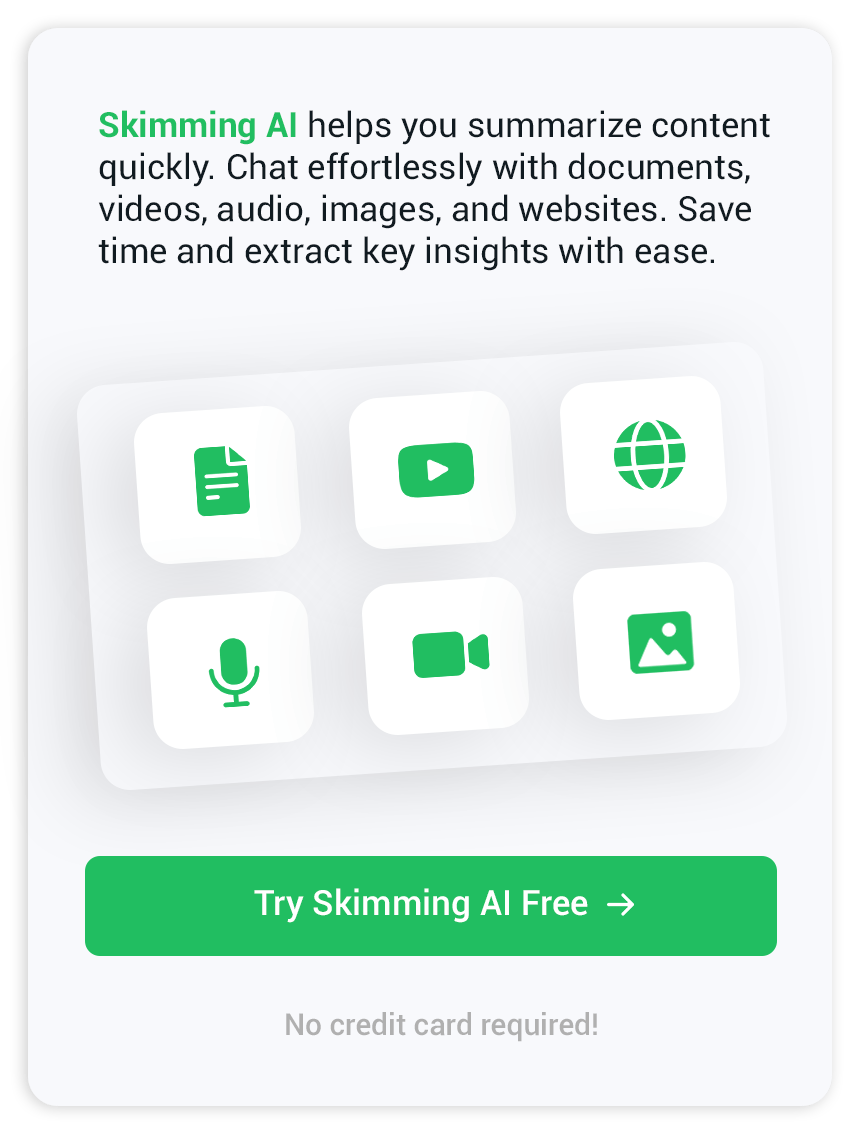Ocr made easy with fast, secure results for documents
If you have ever taken a photo of a receipt, scanned a document, or needed to copy printed text for editing, you have already brushed against one of the most common reasons to use OCR, or optical character recognition. This technology takes printed text from images or paper and transforms it into editable, searchable digital data. But knowing precisely when to use OCR makes all the difference in making the most of it.
Everyday Scenarios Where OCR Matters
One of the most frequent situations for OCR is document conversion. Imagine you are handed a stack of old reports that exist only in print. Instead of typing each word by hand, OCR quickly converts these pages into text you can edit, copy, or search on your computer. Students often need this when turning handwritten notes into searchable files for review, and office workers value it when paper contracts or invoices must be stored digitally.
Beyond paperwork, OCR plays a quiet role in reading text from images. Suppose you have a screenshot of a table from a website or a scanned image of a flyer. Rather than trying to retype everything, OCR lifts the words straight from the picture. For working with these kinds of image-based files, tools like image chat streamline the process of making visual content accessible.
How OCR Handles Complex Sources
OCR is not just about straight text. It also comes in handy for extracting content from more layered sources. Take PDF files for example. Companies and researchers share data as PDFs, but when those PDFs are based on scanned documents, the text inside cannot be selected or searched by default. With OCR, suddenly all that buried information can be edited, searched, or summarized. Using a PDF summarizer gives quick access to the core text, saving valuable time.
If your work often revolves around printed articles, research papers, or book excerpts, OCR is there to quickly digitize large amounts of text. Instead of spending hours preparing digital versions by hand, you can focus on what you want to do with the information, whether analyzing, sharing, or storing it for reference. It is especially useful for people with disabilities who may depend on digital text for screen readers and other assistive technologies.
When OCR Stands Out from Manual Effort
You might wonder when it becomes a clear advantage to use OCR over other methods. The answer is whenever manual retyping would take more effort, lead to errors, or make information harder to find later on. Handling forms filled by hand, reading numbers from receipts, or pulling text from a screenshot for a presentation are just a few examples. If you are working with websites and need a way to get information locked inside their images or scanned versions, specialized tools such as website chat using OCR can be a solution for making that content accessible for further processing.
In our tools, OCR technology serves as the silent helper. It bridges the gap when you face documents, images, or files that hold valuable information not immediately usable in a digital format. When paper stands between you and your next digital step, OCR offers a straightforward way forward

